Discrete Mathematics Assignment Solution - Functions and Relations
VerifiedAdded on 2022/09/15
|5
|667
|18
Homework Assignment
AI Summary
This document provides a detailed solution to a discrete mathematics assignment, focusing on the concepts of functions, one-to-one functions, onto functions, domain, range, and codomain. The solution addresses questions related to the properties of functions, including determining whether a function is one-to-one or onto, identifying the domain, range, and codomain of different functions, and analyzing composite functions. The assignment covers specific examples, such as determining the range of a function, and evaluating the existence of inverse functions based on the one-to-one property. Moreover, the solution includes analysis of composite functions, determining their domain, range, and codomain and whether the composite functions exist or not. The solution provides a comprehensive understanding of function properties and their applications within the scope of discrete mathematics.
1 out of 5
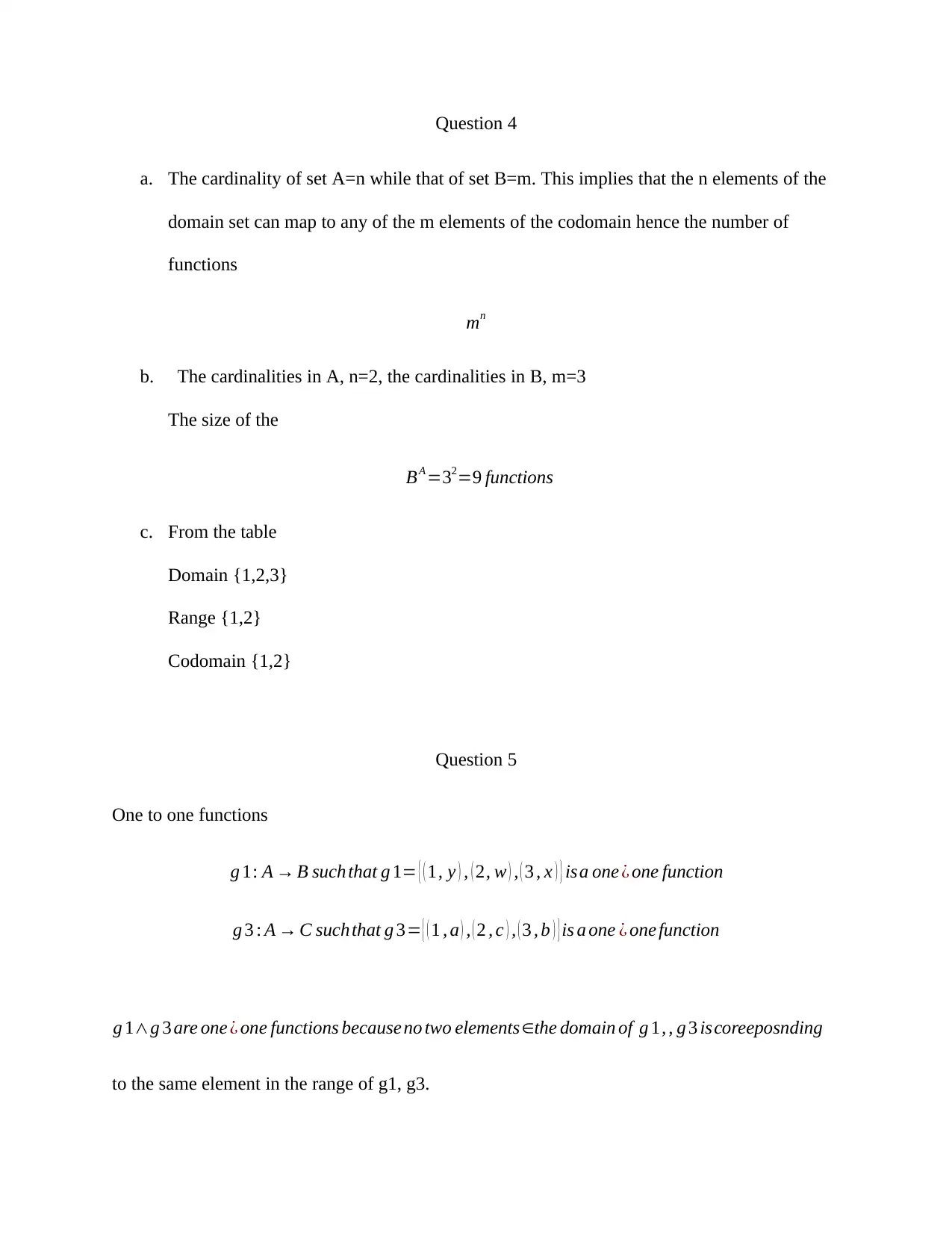
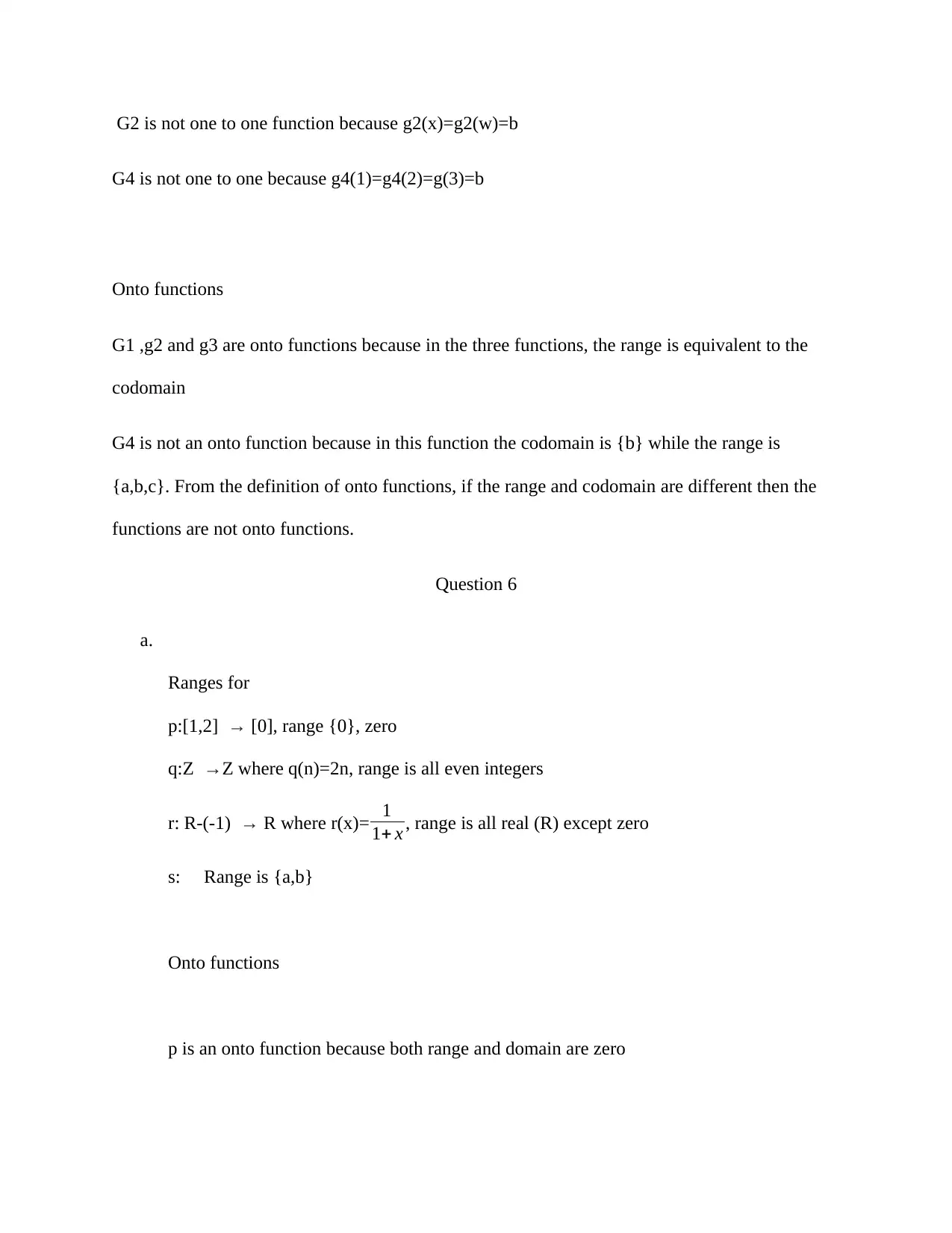
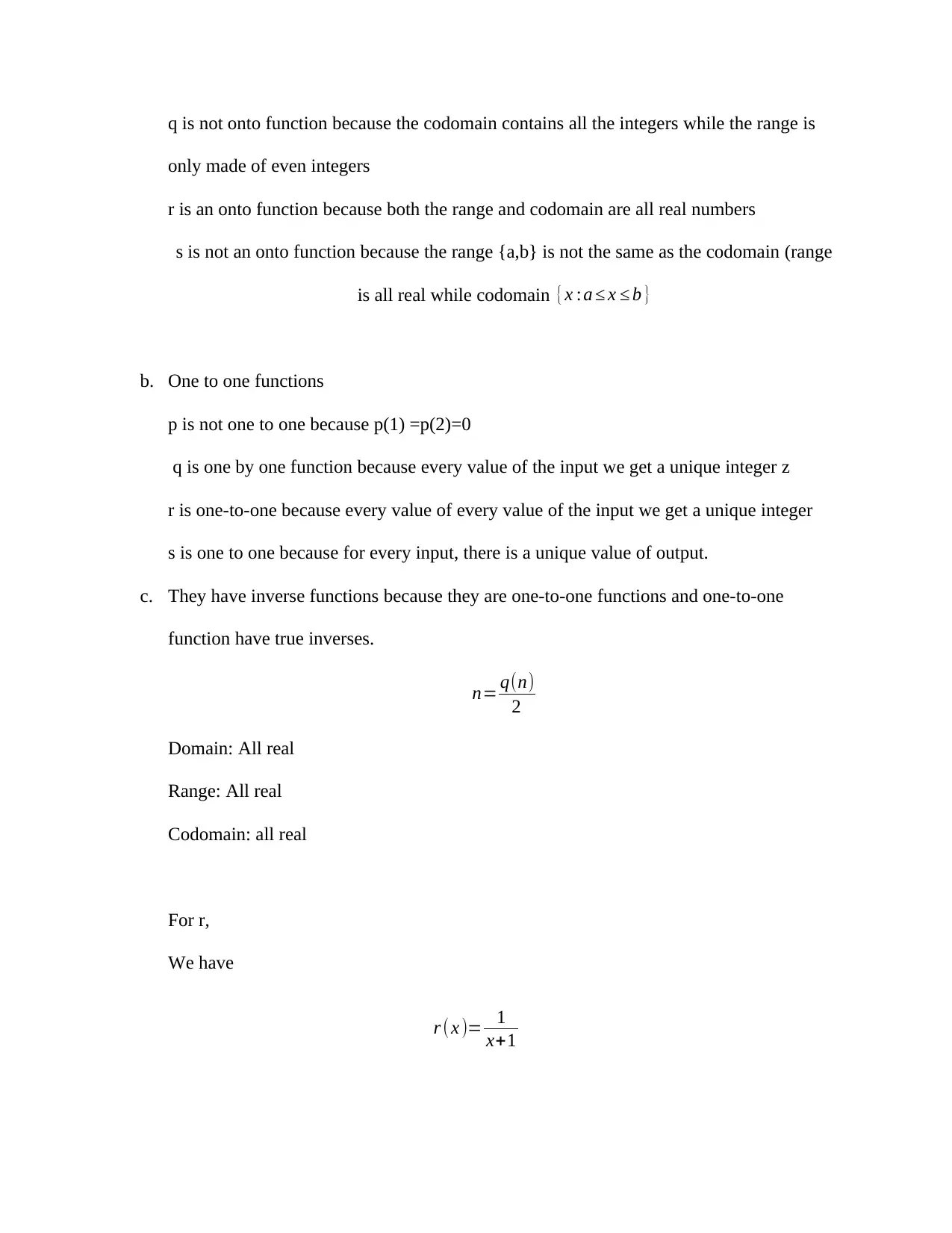

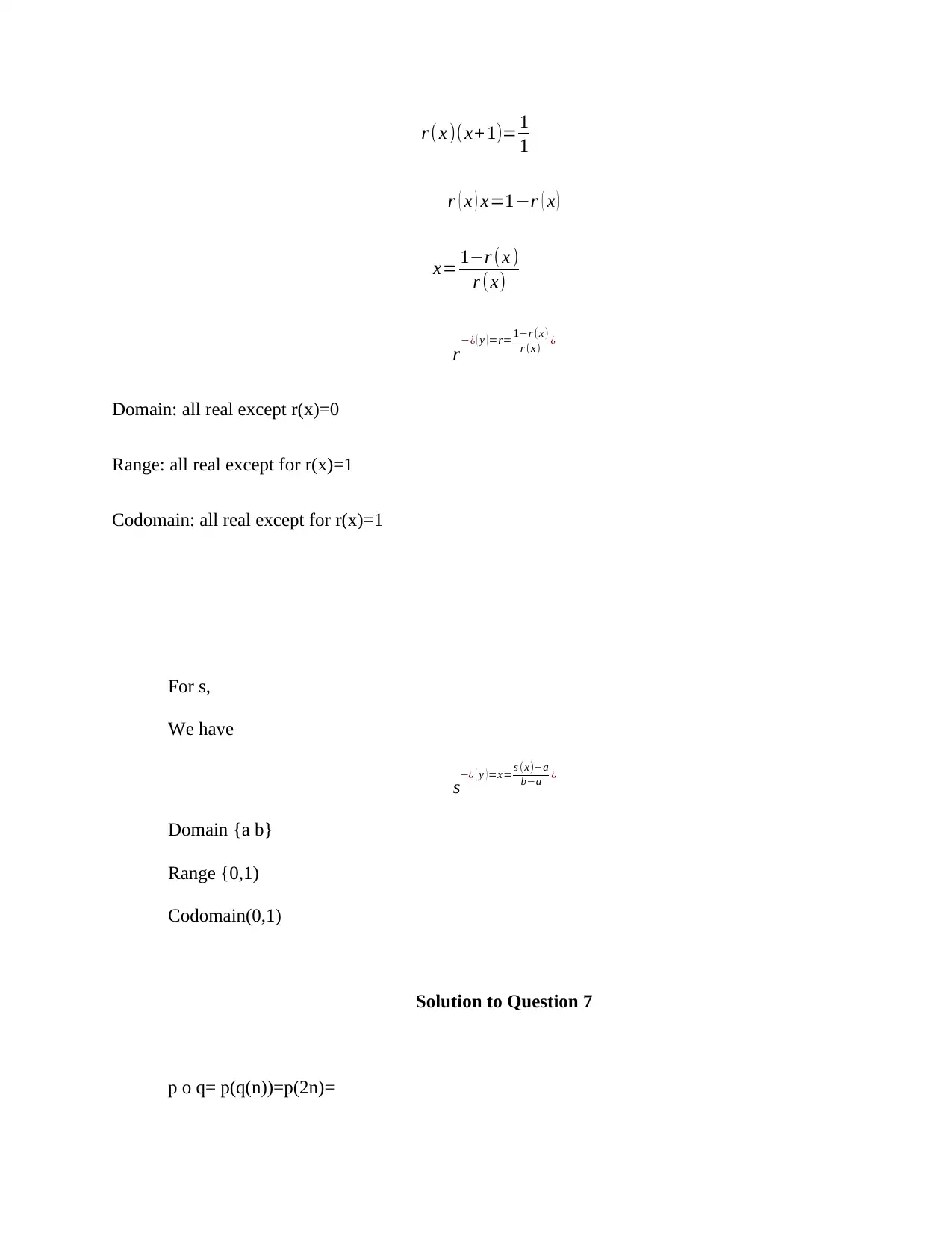
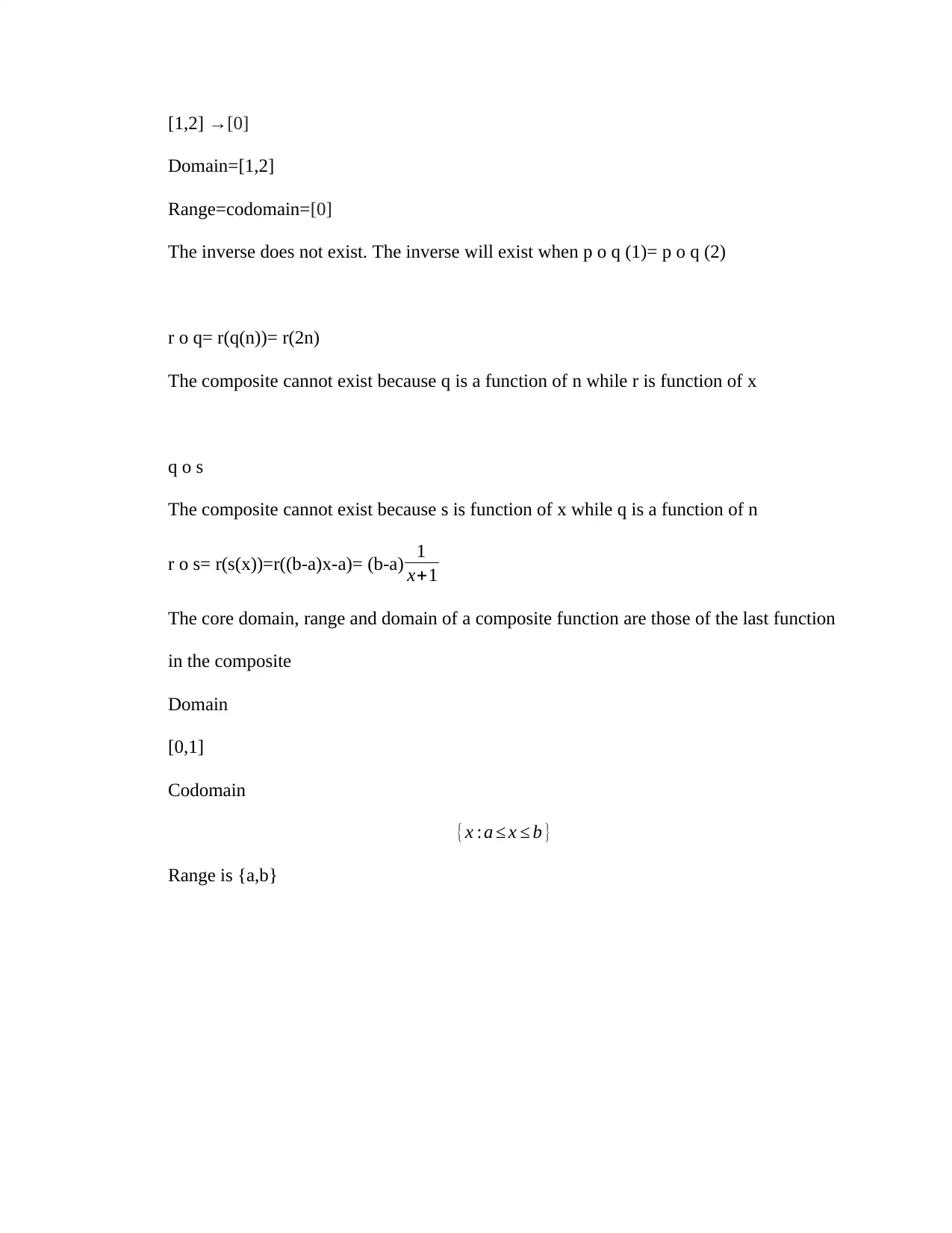






![[object Object]](/_next/static/media/star-bottom.7253800d.svg)